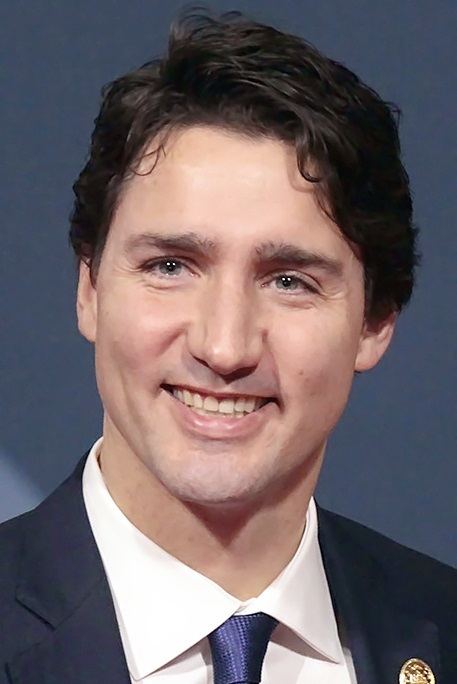On or before October 21, 2019 (On or before October 21, 2019) 44th → 99 seats, 31.89% 44 seats, 19.71% 97 44 | 184 seats, 39.47% 99 seats, 31.89% 180 97 10 seats, 4.66% 1 seat, 3.45% | |
 | ||
The 43rd Canadian federal election (formally the 43rd Canadian general election) is scheduled to take place on or before October 21, 2019. The October 21 date of the vote is determined by the fixed-date procedures in the Canada Elections Act but the Act does not preclude the Governor General of Canada from issuing the writs of election at an earlier date.
Contents
Background
The 2015 federal election resulted in a Liberal majority government headed by Justin Trudeau. The Conservatives became the Official Opposition (with Stephen Harper announcing his resignation as party leader) and the New Democrats (NDP) became the third party. While members of the Bloc Québécois and the Greens were elected to the House, both failed to achieve the required number of MPs for official party status and BQ leader Gilles Duceppe announcing his resignation shortly after the election.
Due to Tom Mulcair failing his April 2016 leadership review by garnering only 48% of the delegate vote, the NDP will hold a leadership election in October 2017.
Electoral reform
In June 2015, Justin Trudeau pledged to reform the electoral system if elected, saying, "We are committed to ensuring that 2015 is the last election held under first-past-the-post." Due to all opposition parties but the Conservatives being in favour of such reform, it is possible that a different voting system will be in place before the next federal election. In February 2017, however, the Liberal party dropped support for electoral reform, issuing a mandate to newly appointed Minister of Democratic Institutions Karina Gould saying "A clear preference for a new electoral system, let alone a consensus, has not emerged. [...] Changing the electoral system will not be in your mandate."
Incumbent MPs not running for re-election
The following MPs have announced that they will not be running in the next federal election:
New Democratic Party
2015
2016
2017
Opinion polls
In the 42nd Canadian Election, pollsters managed to predict the election result accurately. In the immediate aftermath of the vote, support for Trudeau's Liberals increased significantly at the expense of the Conservatives and the NDP, with the latter dropping to their lowest level in a decade.
Election spending
Before the campaign, there were no limits to what a political party, candidate, or third party (corporations, unions, special interest groups, etc.) can spend: spending rules are only in force after the writs have been dropped and the campaign has begun.
Reimbursements for political parties and candidates
Political parties receive a reimbursement for 50 per cent of their election expenses during the writ period. Similarly, electoral district associations receive a reimbursement of 60 per cent of their election expenses during the writ period. Both reimbursements are publicly funded.
Registered third parties
A person or group must register as a third party immediately after incurring election advertising expenses totalling $500 or more. There are strict limits on advertising expenses, and specific limits that can be incurred to promote or oppose the election of one or more candidates in a particular electoral district. Registered third parties are subject to an election advertising expenses limit of $150,000. Of that amount, no more than $8,788 can be incurred to promote or oppose the election of one or more candidates in a particular electoral district.
